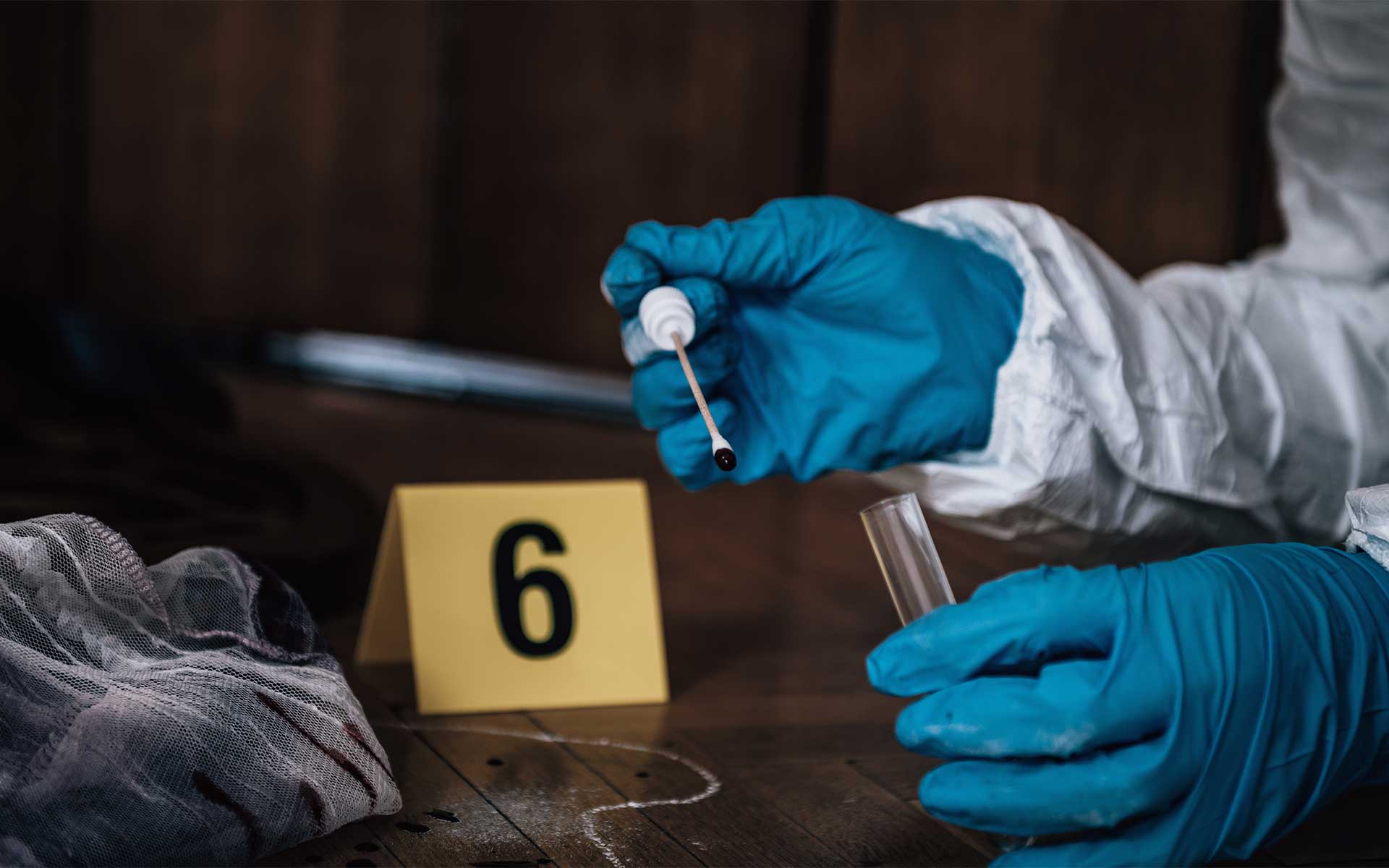
While people tend to put great trust in the supposedly impartial and fair justice system, wrongful convictions sometimes happen for various reasons. The two most common situations in which this occurs are because a convicted person is innocent and the situations in which procedural errors have violated the sentenced person’s rights.
In this blog post, we explain common causes of wrongful convictions, provide insight into some of the shocking wrongful conviction statistics, detail steps required to take to overturn a wrongful conviction and explain the specificities of laying a claim on compensation.
Causes of Wrongful Convictions
The most common causes of wrongful conviction include inadequate legal defense, false confession, inaccurate witness identification, false forensic evidence and its misapplication, false accusation, as well as some procedural errors.
Procedural errors include situations in which a person’s vehicle, home, or other property has been searched illegally without a warrant, when the probable reason of arrest is lacking, when there isn’t enough fact-based evidence to prove the person’s culpability, or when a court does not have jurisdiction.
Other common reasons are situations in which a witness is missing and those in which a criminal complaint mistake has been made – for example, when there is something wrong with the complaint form or when the officer’s signature is missing from it.
Shocking Wrongful Convictions Statistics
1. Between 2%-10% of convicted individuals in US prisons are innocent
The National Registry of Exonerations reports that 2% to 10% of convictions annually are wrongful. Putting this in numbers, between 46,000 and 230,000 out of 2.3 million people incarcerated in the US have been wrongfully convicted.
2. Over 2400 people have been exonerated in the US since 1989
It seems like the US is a world-leading nation when it comes to the number of wrongful convictions. Recent statistics show that, on average, 150 persons are exonerated annually.
3. Since 1989, 375 convicts were found innocent due to DNA testing
Since the authorities began to use DNA as reliable evidence in 1989, 375 wrongfully convicted persons have been exonerated in the US. Out of the 275 cases, The Innocence Project worked on 190, while 130 persons were found guilty for murders they did not commit.
In 40 cases, witnesses have wrongly identified a suspect, over 80 persons falsely confessed to a crime they did not commit, and 21 convicts have been wrongfully imprisoned while waiting for a death sentence.
4. 165 actual perpetrators were identified in the 375 DNA exoneration cases
The 165 actual perpetrators were found (rightfully) guilty of another 154 violent crimes, including murders, sexual assaults, and the like.

5. The first DNA exoneration case was David Vasquez in 1989
In 1989, David Vasquez was wrongfully convicted for murdering and sexually assaulting a woman in Virginia. However, based on DNA analysis, an actual perpetrator was identified as Timothy Spencer. He was found guilty of two other murders and sexual assaults. Eventually, he was convicted and has received the death penalty.
6. The 143 people exonerated in 2019 spent a record 1908 years in prison
Out of 143 exonerated convicts, 76 were wrongfully convicted for committing a homicide. According to a 2019 report, one person has spent 26 years imprisoned and on death row, while two other persons have lost 40 years of their lives in the same way.
7. 69% of wrongful conviction cases included eyewitness misidentification
34% of eyewitness misidentifications happen during a police lineup of potential suspects, while another 16% occur when a single person is directly presented to the victim. Additionally, 52% of misidentifications came from photography-based identification, 27% from composite sketches-based identification, and in 11% of cases, a person’s voice was misidentified.
8. The average number of years served for a crime one didn’t commit is 14
An overall number of years that innocent people have spent behind bars equals 5, 284, which boils down to 14 years per wrongly convicted person. On average, a wrongfully convicted person spends their entire thirties and a bit beyond that incarcerated.
How to Overturn a Wrongful Conviction?
There are a couple of things a person can do – with the help of a seasoned defense attorney – to overturn a wrongful conviction.
The first thing one can – or instead, needs to – do is plea for another trial within 30 days after the conviction. Both the lawyer and the judge involved in the second trial are usually the same ones from the first trial.
While the first option is rarely fruitful, going for a direct appeal might be a more hopeful option. The procedure is similar to those above, with one difference: instead of being presented to the judge who initially conducted the trial, the case will go to a panel of judges who inspect the case to find legal errors.
Finally, when a wrongfully convicted person suspects that their constitutional rights were violated, they can write and submit the writ of habeas corpus for a direct appeal. This commonly happens when a defense attorney fails to submit a crucial piece of evidence to the jury.
Wrongful Conviction Compensation in Texas
Texas is one of 35 states (in addition to the federal government) that have laws regulating the compensation of wrongful convictions. The Comptroller’s Judiciary Section decides who will or will not be eligible for compensation statewide.

In Texas, a person can receive annual compensation of up to $80,000.00. The person will additionally be eligible for social services in the form of tuition and job search assistance, help with medical expenses, counseling, and re-entry services.
Contact GHC Law Firm at (512) 614-4412 if you face legal issues or require assistance fighting a wrongful conviction.



One Comment